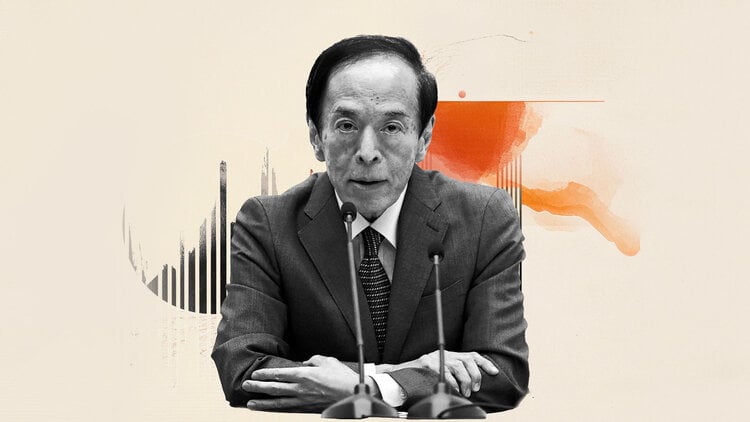The involving synchrony between the accordion, the triangle and the bass drum is enough for the desire to drag your foot and dance with one another. Could you identify the rhythm? Forrobódó, drag-pé or farra are some variations of the forró; given its importance, the rhythm could soon become Brazil’s Intangible Cultural Heritage.
Forró arrived in the country in the 19th century, in the Pernambuco region, where, according to historians, popular dances took place.
National acclaim came in the 1950s, thanks to the icon of the musical genre Luiz Gonzaga, who recorded the song “Forró de Mané Vito” and popularized the rhythm, marked by the joyful symphony of the accordion.
Since then, forró has never ceased to be a very Brazilian musical phenomenon, with variations that include xote, baião, xaxado, drag-pé, university forró, electronica and other variations that have spread the genre to the four corners of the country.
historical heritage
With this, forró is about to become an Intangible Heritage of Brazil after a request presented by the Associação Balaio do Nordeste and the Forró Forum of Raiz da Paraíba. The request also received the consent, through a petition, from 423 forrozeiros from all over the country.
In an interview with CNN, the National Historical and Artistic Heritage Institute (Iphan) stated that the process is already in the final stages of processing.
“On 11/05, Notice of the process of the process was published in the Official Gazette of the Union and a period of 30 for civil society manifestations on the matter is open. Subsequently, the request for Registration of Forró Traditional Matrices will be considered by the Advisory Council for Cultural Heritage, the last decision-making instance for requests for Registration of the Cultural Heritage of Brazil”, he explained.
Rhythms that are already part of Brazil’s heritage
Several expressions of music, dance and performing arts in Brazil are already registered as Cultural Heritage. According to Iphan, the first record of a musical genre was the Samba de Roda do Recôncavo Baiano.
“Then came Jongo in the Southeast, Frevo, Tambor de Crioula, Matrizes do Samba in Rio de Janeiro, Fandango Caiçara, Carimbó, Maracatu Nação, Maracatu do Baque Solto, Marabaixa, among others,” Iphan told CNN.
Rules for setting a rhythm as an asset
In order for a musical rhythm to “enroll” as Brazil’s cultural heritage, some factors are taken into account for the record. National relevance, historical continuity and being a cultural reference for groups that make up Brazilian society are some of the criteria.
“In addition, cultural assets must fit into one of the following Register Books: Forms of Expression, Knowledge, Places and Celebrations”, explains IPHAN.
“The requests follow a process of careful analysis and are the subject of extensive research and documentation so that the Brazilian State can gather the necessary elements for this analysis and also to act in support actions, promotion and dissemination of intangible cultural heritage”, he adds.
Reference: CNN Brasil







